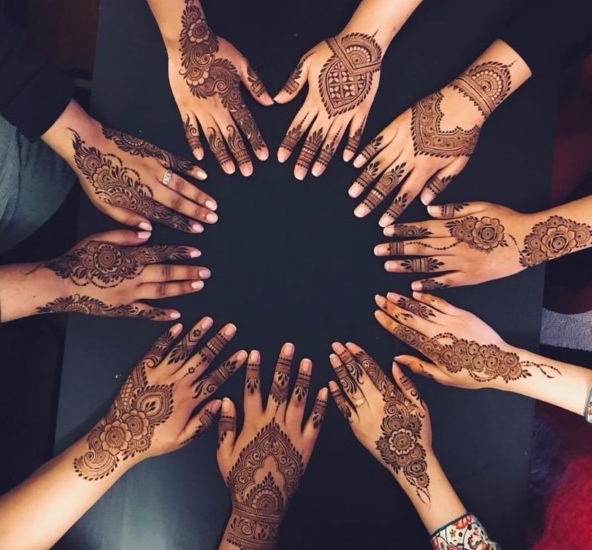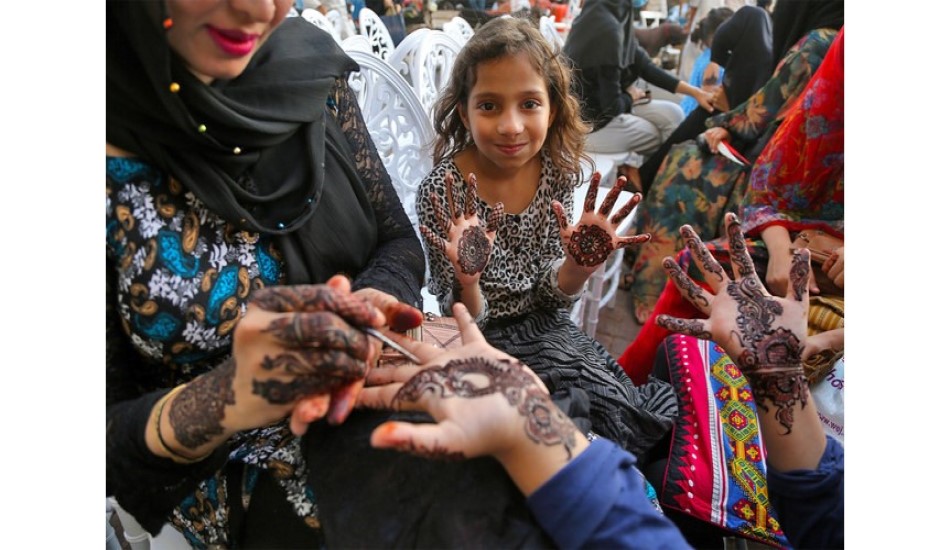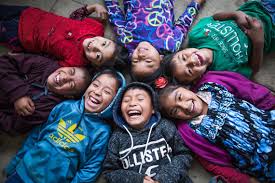Introduction:
Mehndi also known as Henna, holds great cultural significance in Pakistan. It is a form of body art that has been around for centuries and is an essential part of Pakistani culture, especially during weddings and other celebrations. The intricate patterns and designs created using Mehndi are not only beautiful but also symbolize joy, luck, and love. Mehndi is not just a form of decoration, but it is also seen as a way of connecting with the traditions and customs of Pakistan.
Exploring the Timeless Tradition of Pakistani Mehndi:
Mehndi, also known as Henna, is a timeless tradition in Pakistan that holds great cultural significance. This traditional art form involves decorating the hands and feet of women with intricate and beautiful designs using a paste made from dried leaves of the Henna plant, mixed with lemon juice, sugar, and essential oils. The process is an intricate and detailed one that can take hours to complete.
In Pakistan, Mehndi is not only used as a form of self-expression and creativity, but it is also considered a symbol of happiness, good luck, and prosperity. During weddings, Eid festivals, and other special occasions, women adorn their hands and feet with Mehndi to celebrate the occasion. It is believed that the darker the color of Mehndi on a bride’s hands, the more her husband will love her.
Mehndi is an important part of Pakistani culture, representing beauty, tradition, and celebration. It is a timeless art form that has been passed down from generation to generation and continues to be cherished by all who practice it.

Traditional Pakistani Mehndi: A Visual Feast
Traditional Pakistani Mehndi is not only an essential part of Pakistani culture but also a visual feast. The beautiful and intricate designs created using Mehndi are a treat for the eyes. The process of applying Mehndi involves creating intricate patterns and designs on the hands and feet of women using a paste made from dried leaves of the Henna plant and other natural ingredients. The designs are not just random patterns but have deep cultural significance and symbolism.
The designs are intricate and detailed, and it can take hours to complete a single design. The process of applying Mehndi is not only a form of self-expression and creativity but also a way of connecting with the traditions and customs of Pakistan. The designs used in Mehndi are unique and vary from region to region, reflecting the diversity of the country’s culture.
In Pakistan, Mehndi is not just a form of decoration but also a symbol of celebration and joy. It is an essential part of weddings, Eid festivals, and other special occasions, where women adorn their hands and feet with Mehndi to celebrate the occasion. The cultural significance of Mehndi in Pakistan is a testament to the country’s rich heritage and traditions.
Mehndi Celebrations: Music, Dance, and Joy
Mehndi celebrations in Pakistan are a lively and joyous affair filled with music, dance, and laughter. The Mehndi ceremony is an important part of weddings, and it is an occasion for both the bride and groom to celebrate with their families and friends.
During Mehndi celebrations, women gather to apply Mehndi on the bride’s hands and feet, and the groom’s family also joins in the festivities. Music and dance are an essential part of Mehndi celebrations, and traditional Pakistani songs and dances are performed to add to the festive atmosphere.
Mehndi celebrations are not limited to weddings but are also held during Eid festivals and other special occasions. It is a time for women to come together, celebrate, and enjoy each other’s company. The cultural significance of Mehndi in Pakistan is reflected in the joy and happiness that it brings to people’s lives. Mehndi celebrations in Pakistan are a lively and joyous affair filled with music, dance, and laughter. The Mehndi ceremony is an important part of weddings, and it is an occasion for both the bride and groom to celebrate with their families and friends.
During Mehndi celebrations, women gather to apply Mehndi on the bride’s hands and feet, and the groom’s family also joins in the festivities. Music and dance are an essential part of Mehndi celebrations, and traditional Pakistani songs and dances are performed to add to the festive atmosphere.
It is a time for women to come together, celebrate, and enjoy each other’s company. The cultural significance of Mehndi in Pakistan is reflected in the joy and happiness that it brings to people’s lives.
Mehndi Artists of Pakistan: Masters of the Craft
Mehndi artists in Pakistan are known for their mastery of the craft. They are skilled in creating intricate and beautiful designs using a paste made from dried leaves of the Henna plant mixed with other natural ingredients. The designs created by these artists are not just random patterns but have deep cultural significance and symbolism.
Mehndi artists in Pakistan are highly respected and often sought after for weddings, Eid festivals, and other special occasions. They are known for their creativity, attention to detail, and ability to work quickly and efficiently. The art of Mehndi is passed down from generation to generation, and these artists take great pride in carrying on this tradition.
In addition to creating beautiful designs, Mehndi artists in Pakistan also play an important role in preserving the cultural significance of Mehndi. They are often called upon to explain the symbolism behind the designs and to educate others about the traditions and customs of Pakistan.
Overall, Mehndi artists in Pakistan are not just masters of the craft but also cultural ambassadors who help to keep alive the rich heritage and traditions of the country.
Regional Variations in Mehndi Across Pakistan
Mehndi is an integral part of Pakistani culture, and its significance extends beyond just decoration. Mehndi designs vary across regions in Pakistan, each having its unique style and pattern. These regional variations reflect the diversity of Pakistani culture and traditions.
- In Punjab: Mehndi designs are bold and elaborate. They have a mix of Arabic and Indian influences and are characterized by intricate patterns and details.
- In Sindh: Mehndi designs are simpler and more geometric, with a focus on floral patterns and dotted designs.
- Balochistan: has its style, which is characterized by thin lines and delicate patterns.
- Khyber Pakhtunkhwa: Mehndi designs in Khyber Pakhtunkhwa are known for their symmetry and use of peacock and paisley motifs.
Mehndi designs also vary based on the occasion, the age of the person, and the purpose of the design. Bridal Mehndi designs are the most elaborate and intricate, covering the entire hand and feet and taking several hours to complete. In contrast, children’s Mehndi designs are simple, with basic patterns and shapes.
Mehndi has been an essential part of Pakistani culture for centuries, and its regional variations are a testament to the country’s rich heritage and traditions. These variations have evolved, reflecting the changing tastes and preferences of the people. However, the cultural significance of Mehndi remains unchanged, representing beauty, tradition, and celebration.
Mehndi Celebrations Beyond Weddings: Festivals and More
Mehndi celebrations are not limited to weddings alone but are also an integral part of other festivals and events in Pakistan. Mehndi is a symbol of happiness, joy, and good luck, and as such, it is used to celebrate many occasions throughout the year.
Eid is one such festival where Mehndi is an essential part of the celebrations. During Eid, women adorn their hands and feet with Mehndi to mark the occasion. The designs used during Eid are often simple yet elegant, and they reflect the festive spirit of the occasion.
Mehndi is an expression of joy and celebration, and it adds to the festive atmosphere of these events.
Apart from festivals, Mehndi is also used as a form of self-expression and creativity. Many young women in Pakistan use Mehndi as a way to express their individuality and artistic flair. They experiment with different designs and patterns, creating unique and beautiful works of art on their hands and feet.
Conclusion:
Mehndi is not just a form of body art but also a symbol of tradition, celebration, and joy in Pakistani culture. It is an essential part of weddings, festivals, and other special occasions, and it is also used as a form of self-expression and creativity. The cultural significance of Mehndi in Pakistan is a testament to the country’s rich heritage and traditions.

